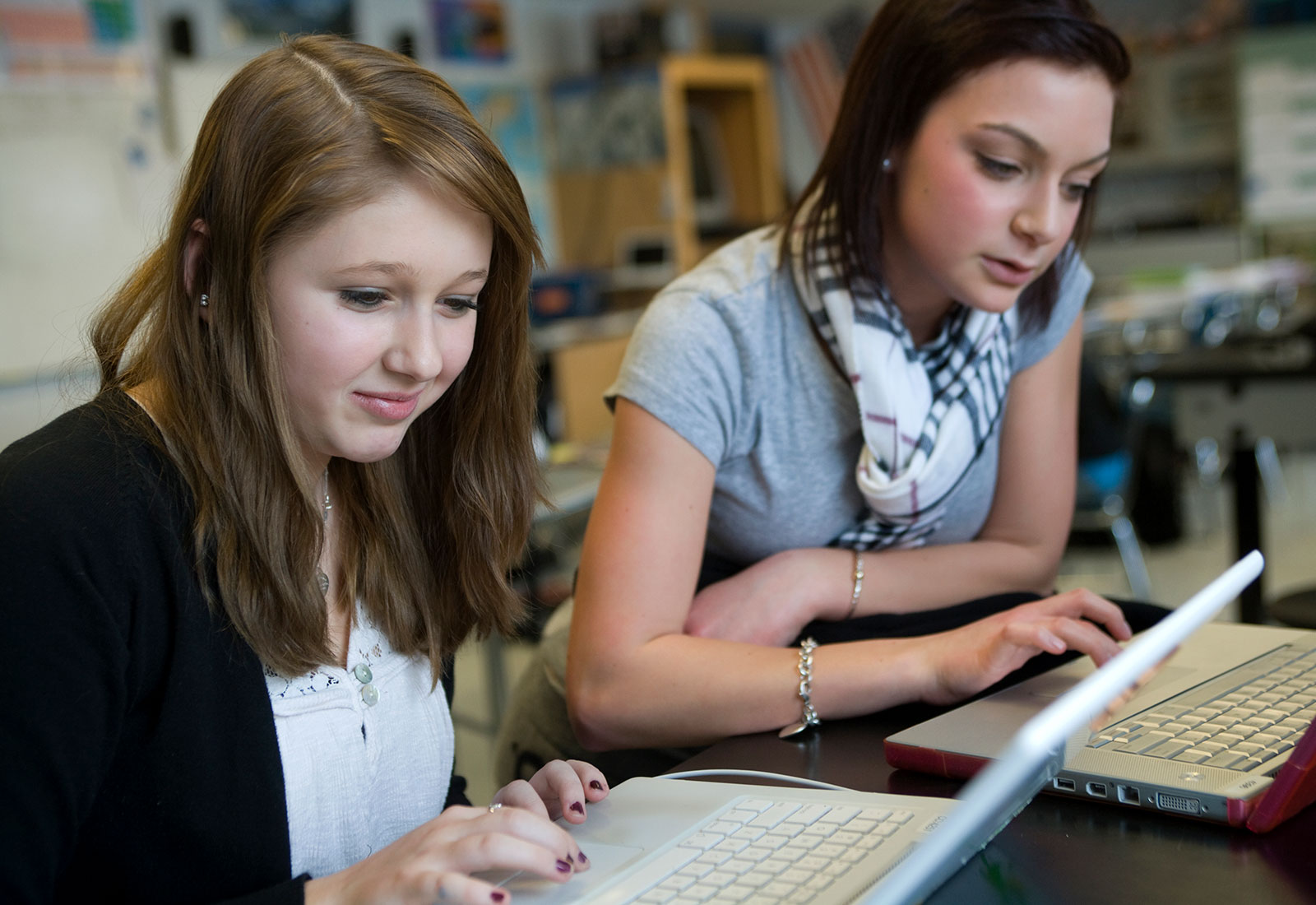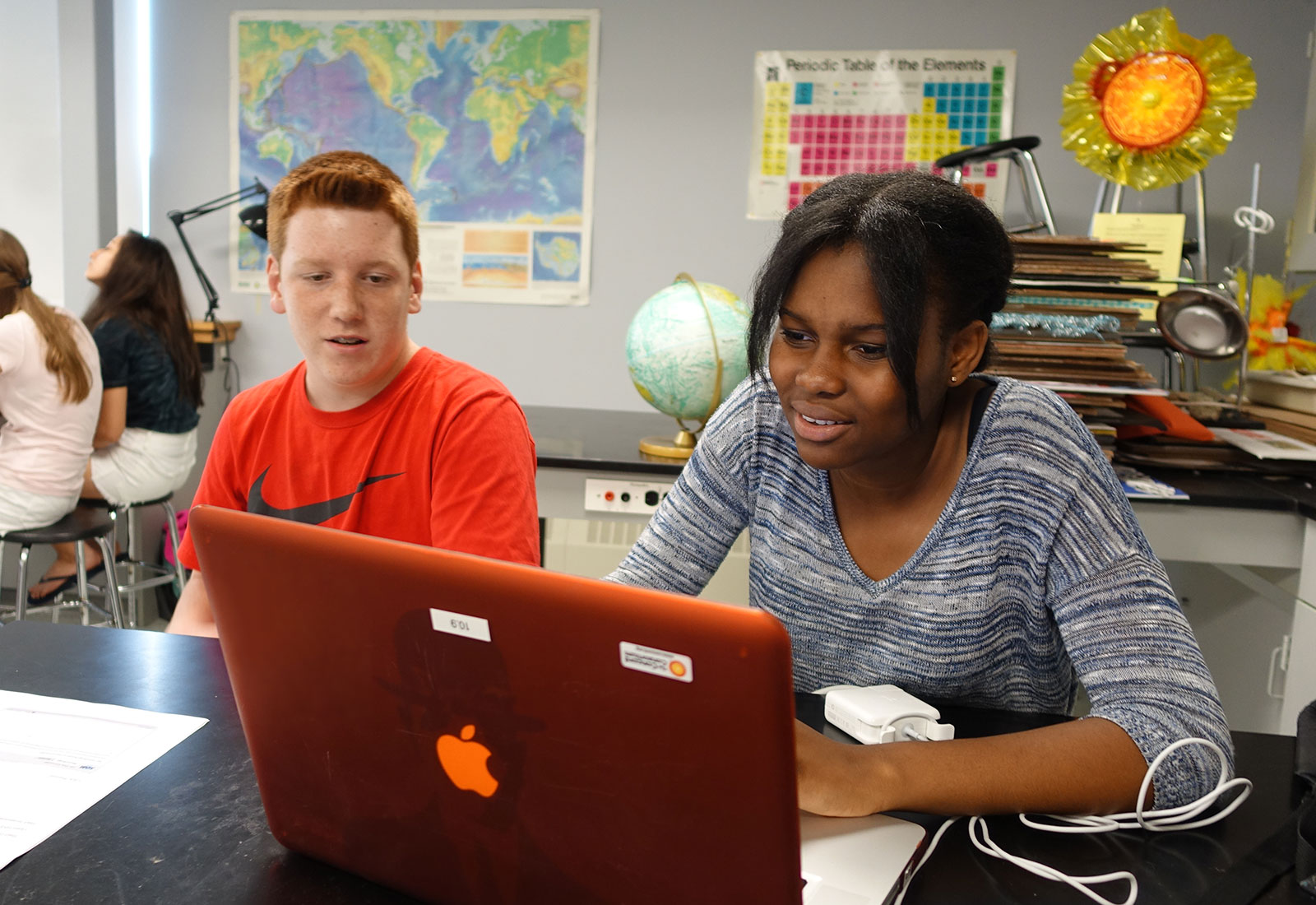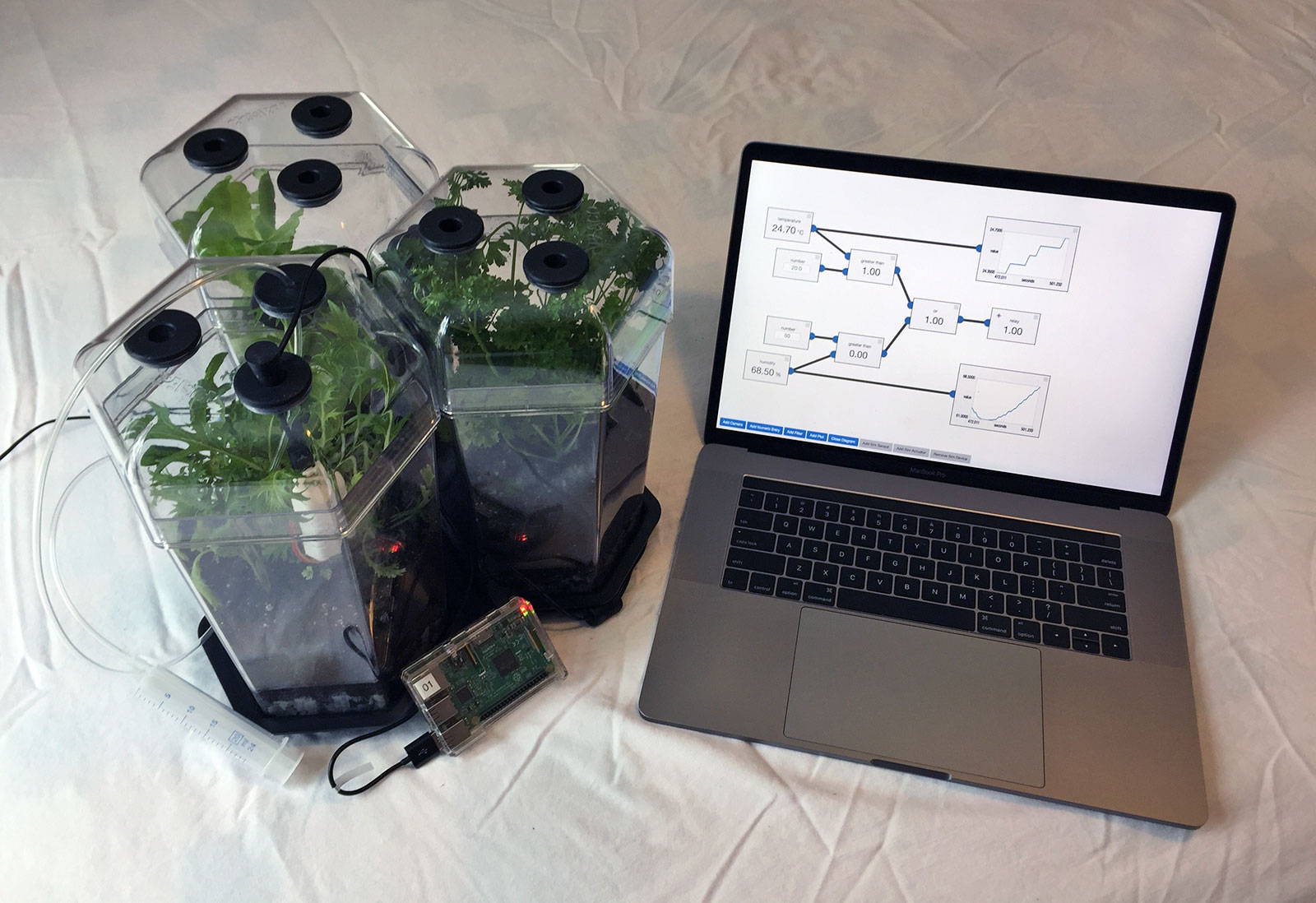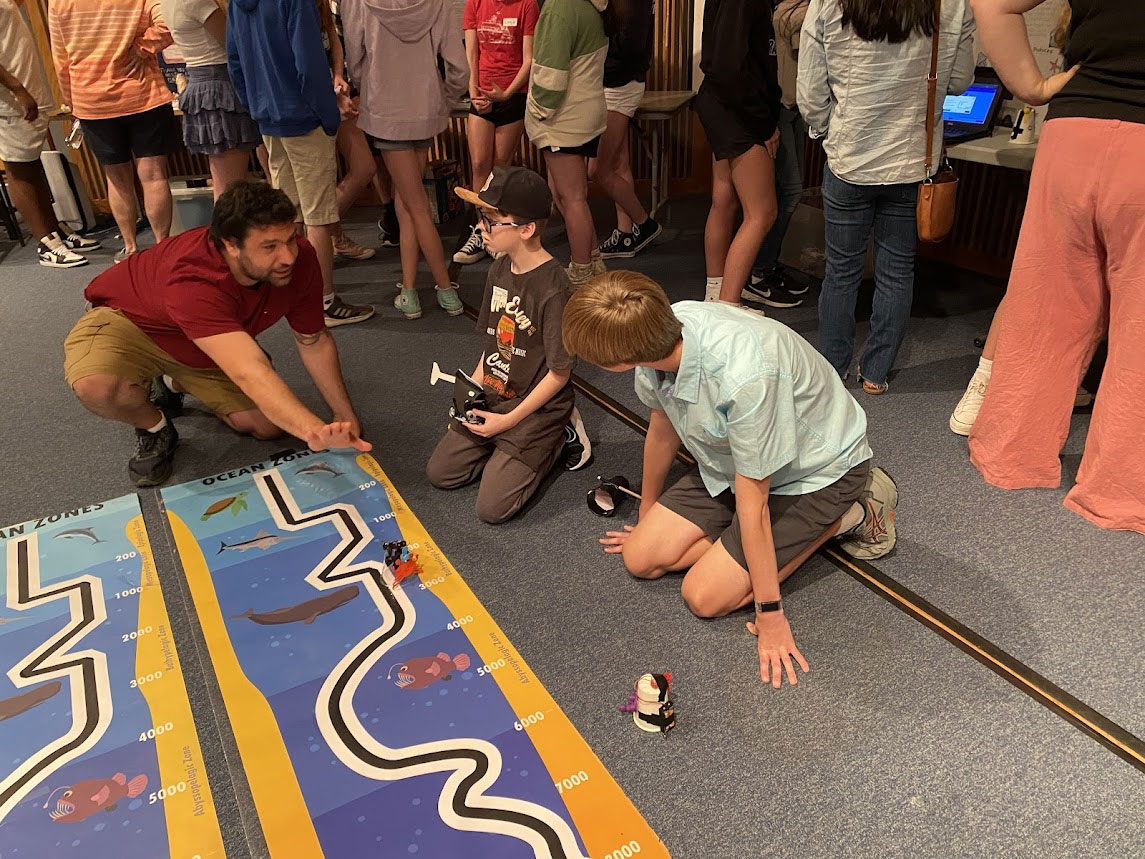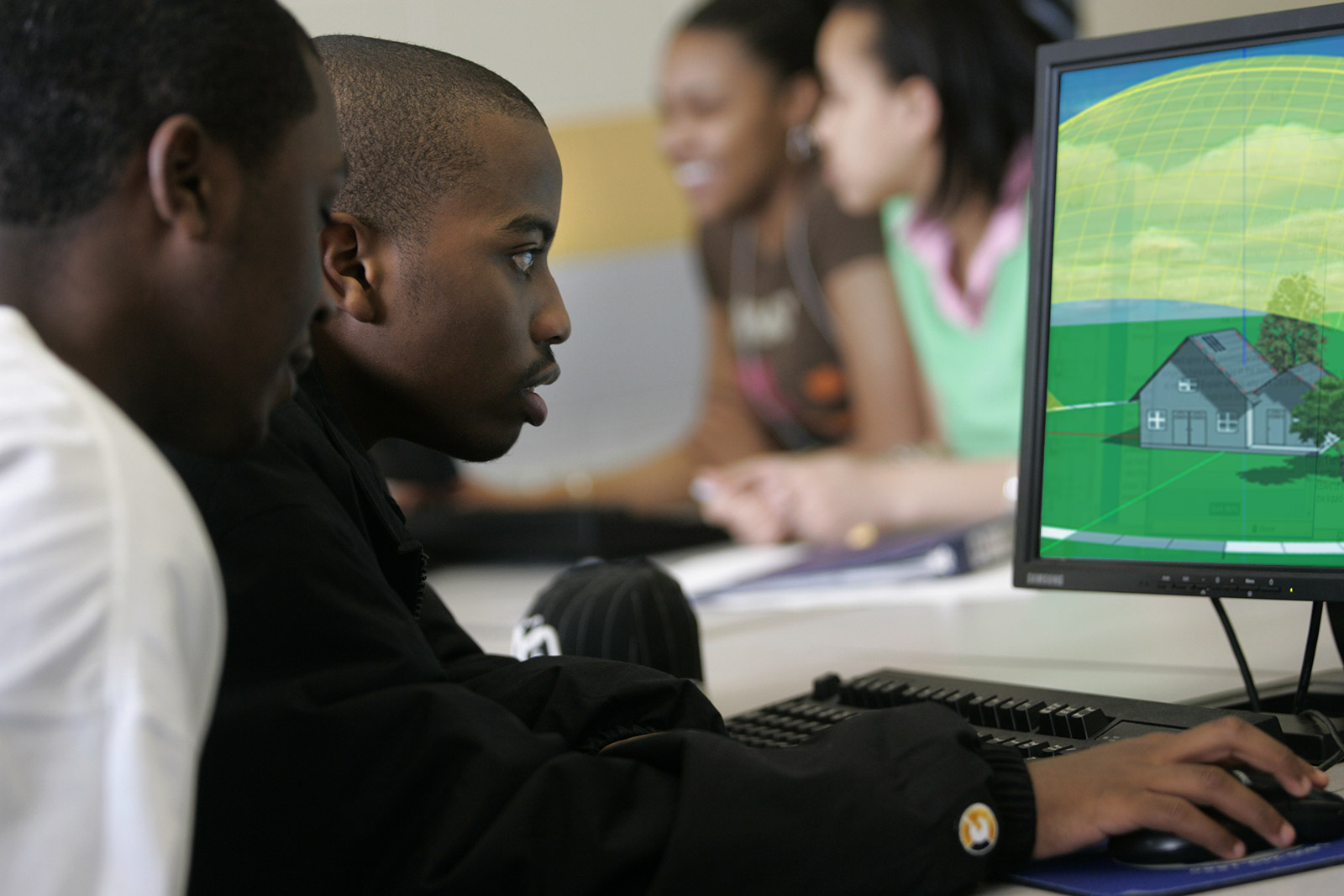Education for Infrastructure Transformation
Importance
Infrastructure affects all students, irrespective of gender, race, and address. The need to improve infrastructure provides meaningful contexts, personal relevance, and other triggers of interest for all students to learn STEM. We are developing transformative technologies and curriculum materials to turn the campus of a high school or a geographical information system such as Google Maps into an engineering laboratory with virtually unlimited opportunities for learning and exploration. The challenges to solve authentic problems in the infrastructure with these technologies will engender the need and provide pathways to learn and practice science, engineering, and computation in an integrated fashion, rather than in isolation.
In collaboration with Purdue University, the Science and Engineering Education for Infrastructure Transformation (SEE-IT) project is researching and developing an engineering education technology and pedagogy that will support project-based learning of science, engineering, and computation concepts and skills underlying the strategically important “smart” and “green” aspects of the infrastructure.
We’re creating two innovations-an engineering platform for designing Internet of Things systems to manage the resources, space, and processes of a school based on real-time analysis of data collected by various sensors deployed by students on campus called the Smart High School and a computational modeling platform called the Virtual Solar World for students to design, deploy, and connect virtual solar power solutions for their homes, schools, and regions. Six standards-aligned curriculum units based on these technologies will guide student learning and support educational research.
Approximately 2,000 students from rural, suburban, and urban high schools in Indiana, Massachusetts, New Hampshire, and Ohio will participate in this research.
Research
Project research seeks to identify technology-enhanced instructional strategies that can simultaneously foster the growth of skills and self-efficacy in scientific reasoning, design thinking, and computational thinking, all of which are needed to build the future infrastructure. We’re investigating the following questions:
- To what extent does the integrated learning model help students develop and connect scientific reasoning, design thinking, and computational thinking skills?
- To what extent is students’ interest in cognate careers affected by the authenticity of engineering design challenges?
- How do the variations in the solutions to overcome the cognitive and practical difficulties of real-world problems impact learning outcomes and career interest?
